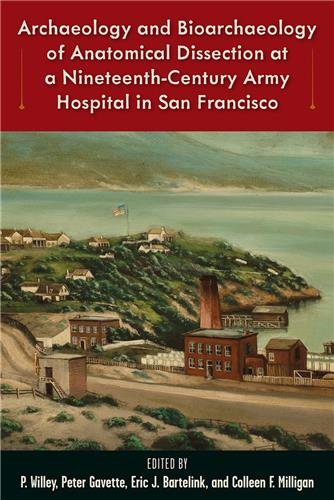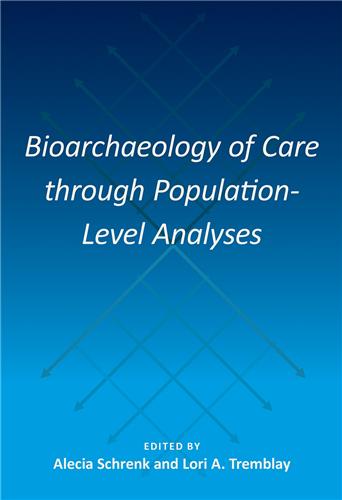The two volumes of Bioarchaeology of the Southwest bring together more than 100 years of research into the lives of the ancient people of the Southwest United States and Northwest Mexico. Volume 2 contains chapters that include northern and southern Arizona, southwest New Mexico, and northern Mexico.
Bioarchaeological Interpretations of the Human Past: Local, Regional, and Global Perspectives
Edited by Clark Spencer Larsen and Marin A. PilloudClark Spencer Larsen
The Ohio State University
larsen.53@osu.edu
Marin A. Pilloud
University of Nevada, Reno
mpilloud@unr.edu
There are 34 books in this series.
Please note that while you may order forthcoming books at any time, they will not be available for shipment until shortly before publication date
The two volumes of Bioarchaeology of the Southwest bring together more than 100 years of research into the lives of the ancient people of the Southwest United States and Northwest Mexico. Volume 1 contains chapters that range from Colorado to central New Mexico and the Lower Pecos region of Texas.
In this book, researchers use human skeletal remains uncovered from throughout the Roman world to portray how ordinary people lived and died, spanning the empire’s vast geography and 1,000 years of ancient history.
In this volume, bioarchaeologists, osteologists, archaeologists, and paleopathologists examine the ways social inequalities and differences affected health and wellbeing in ancient Greece.
This volume examines how Mexican populations have been shaped both culturally and biologically by European colonization, drawing on methods from archaeology, bioarchaeology, genetics, and history and providing evidence for the resilience of the Mexican people in the face of tumultuous change.
This volume uses historical, archaeological, and bioarchaeological analysis to study and understand a nineteenth-century medical waste pit discovered at the former Army hospital at Point San Jose in San Francisco.
Representing current and emerging methods and theory, this volume introduces new avenues for exploring how prehistoric and historic communities provided healthcare for their sick, injured, and disabled members.
Through an unprecedented multidisciplinary and global approach, this book documents the dramatic 7,000-year history of leprosy using bioarchaeological, clinical, and historical information from a wide variety of contexts, dispelling many longstanding myths about the disease.
This volume highlights new directions in the study of social identities in past populations. Contributors expand the scope of the field regionally, methodically, and theoretically, moving behind the previous focus on single aspects of identity by demonstrating multi-scalar approaches and by explicitly addressing intersectionality in the archaeological record.
Abnormal burial practices have long been a source of fascination and debate within the fields of mortuary archaeology and bioarchaeology. The Odd, the Unusual, and the Strange investigates an unparalleled geographic and temporal range of burials that differ from the usual customs of their broader societies, emphasizing the importance of a holistic, context-driven approach to these intriguing cases.











